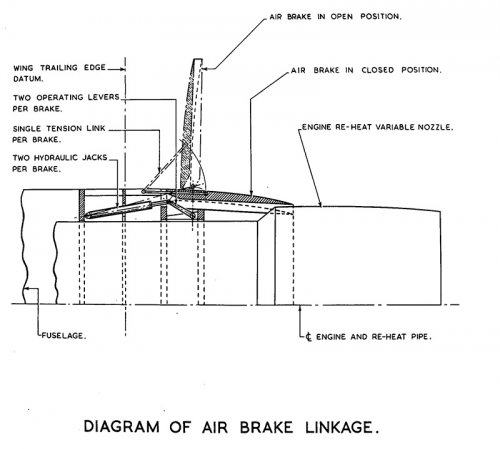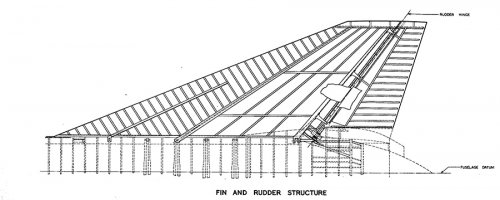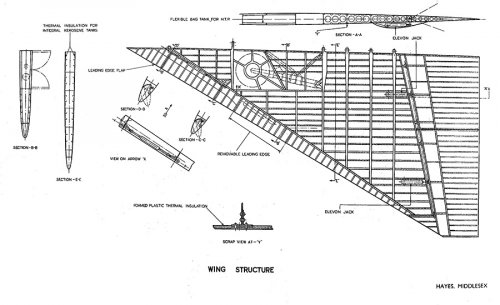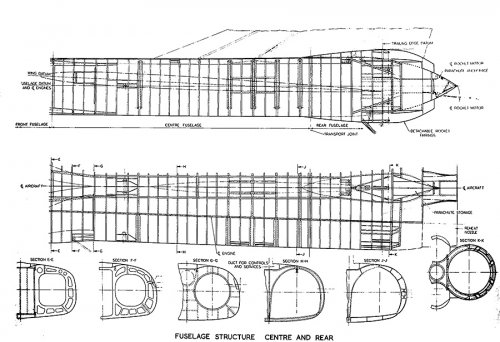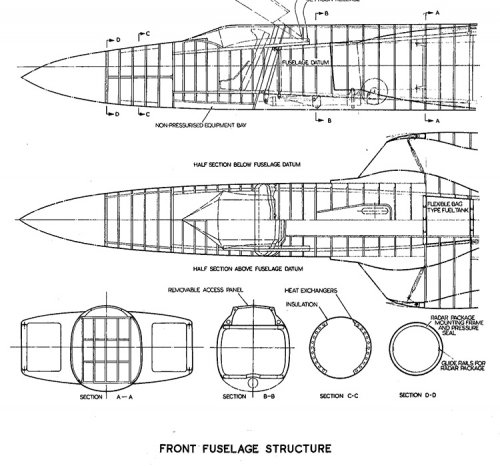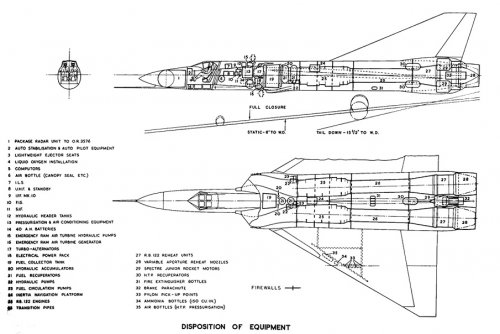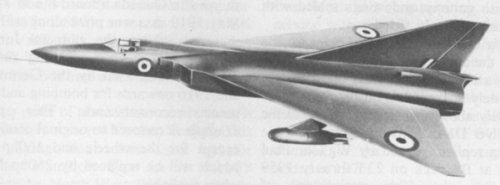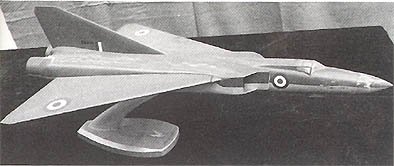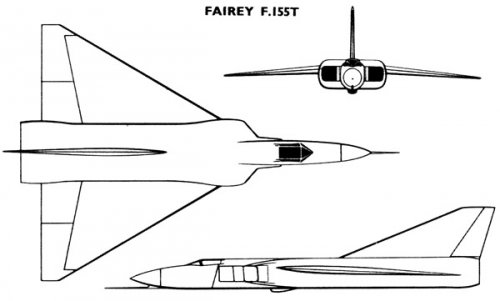- Joined
- 27 December 2005
- Messages
- 17,752
- Reaction score
- 26,438
Some nice drawings from the brochure
Attachments
-
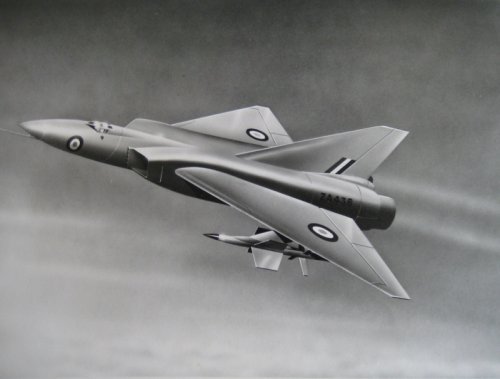 Fairey-F155T-1.jpg144.9 KB · Views: 1,771
Fairey-F155T-1.jpg144.9 KB · Views: 1,771 -
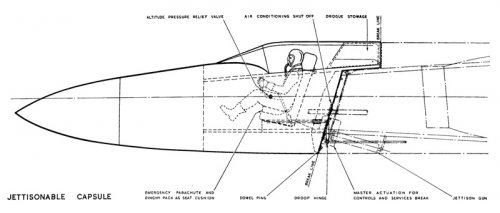 Fairey-F155T-8.jpg57.6 KB · Views: 663
Fairey-F155T-8.jpg57.6 KB · Views: 663 -
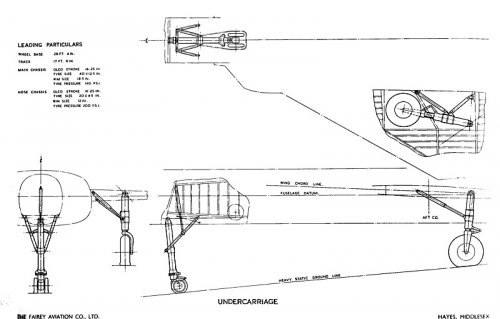 Fairey-F155T-7.jpg83 KB · Views: 651
Fairey-F155T-7.jpg83 KB · Views: 651 -
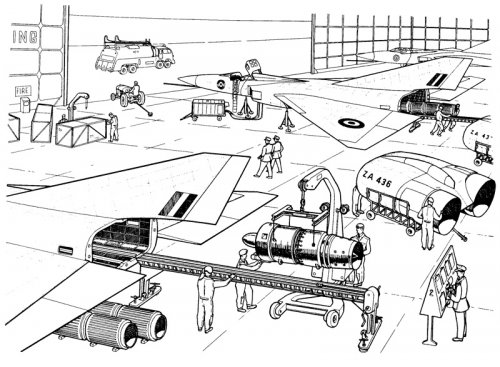 Fairey-F155T-6.jpg186.4 KB · Views: 1,472
Fairey-F155T-6.jpg186.4 KB · Views: 1,472 -
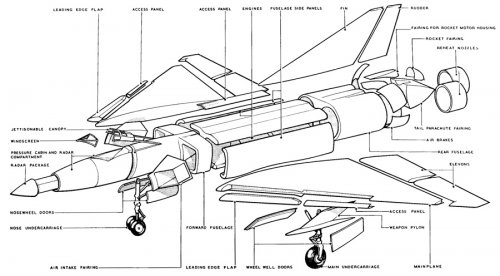 Fairey-F155T-5.jpg125 KB · Views: 1,559
Fairey-F155T-5.jpg125 KB · Views: 1,559 -
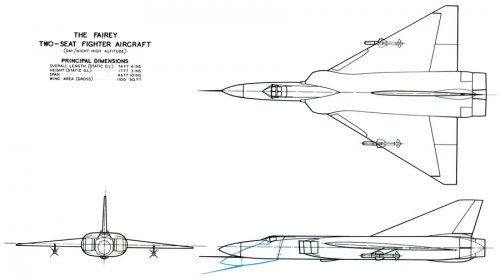 Fairey-F155T-4.jpg76.4 KB · Views: 1,608
Fairey-F155T-4.jpg76.4 KB · Views: 1,608 -
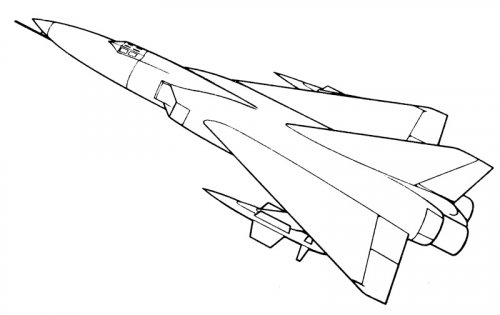 Fairey-F155T-3.jpg50.3 KB · Views: 1,462
Fairey-F155T-3.jpg50.3 KB · Views: 1,462 -
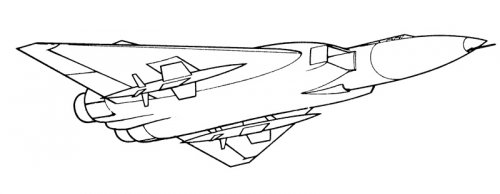 Fairey-F155T-2.jpg40.8 KB · Views: 1,462
Fairey-F155T-2.jpg40.8 KB · Views: 1,462

